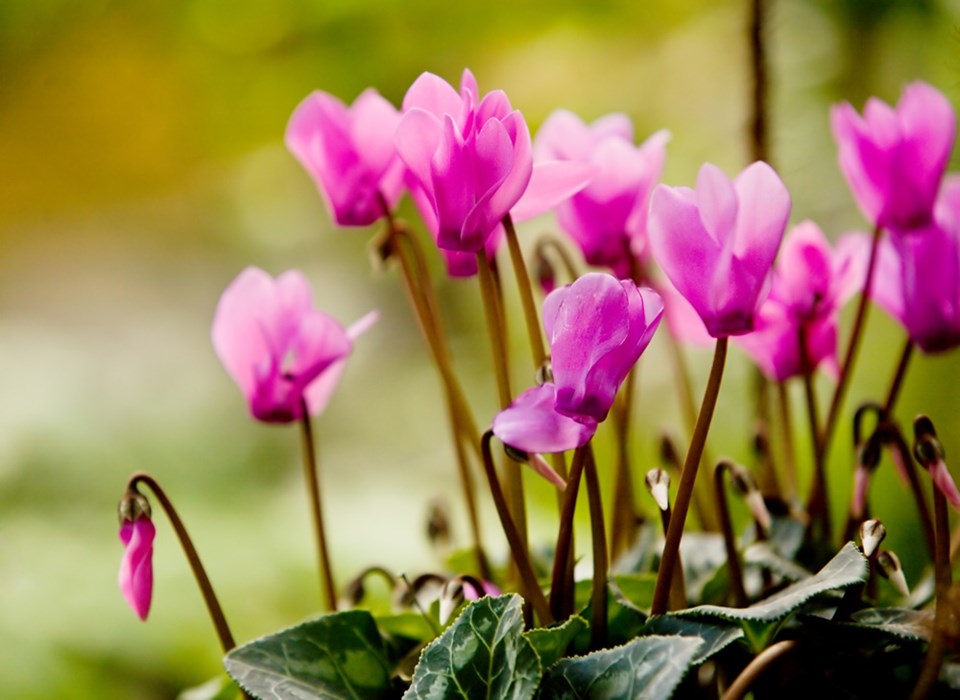In January’s wet, gloomy days, plants visible near windows give more pleasure than anything else in the garden – and the ones close to the shelter and warmth of a house wall always flower earlier than they will elsewhere.
These include rosemary, Californian tree poppy, the winter iris (Iris unguicularis), wintersweet and Camelia sasanqua. None find it easy to survive winter without the shelter of a wall.
That’s why many gardeners are tempted to create a wall-side garden right up against the side of their home.
But eventually, the wall needs maintenance and the plants below must handle trampling, smothering, cutting-down or ripping-apart.
Branches make painting impossible and roofers need firm, level places to stand ladders regardless of what’s imprisoned below.
But many plants have enormous powers of regeneration. Bulbs do because each bulb is a food storage organ and some bulbs form “dropper” bulbs.
I dug up some snowdrops once and discovered many had thrust down a root where a second bulb had formed. One plant had grown a long string of three bulbs one below the other.
Most of the small bulbs – including scilla, chionodoxa, puschkinia and snow crocus – survive very nicely in wall-side gardens and also lawns where the hazards include drought, too-early grass-cutting and heavy lawnmowers.
Once these bulbs go dormant, they shrug off these conditions and, having seeded around, return next spring in greater numbers.
This includes the hardy Cyclamen coum, which flowers in January and goes dormant in May.
Clay-soil gardeners often find cyclamen coum grows very comfortably under cedars. The shallow roots of cedars absorb excess water so that cyclamen gain the drainage they need.
Tap-rooted plants are also survivors.
For wall-side gardens in winter, this includes the Hellebore orientalis hybrids most of which are remarkably drought-resistant. The Christmas roses (Hellebore niger) are fussier, especially in their first few years after being planted. Other perennial, tap-rooted survivors include Lungwort (Pulmonaria cultivars), Astrantia and Papaver orientalis
People who like to have a big hit of colour near their windows might enjoy winter heather (Erica carnea), which flowers in many shades of pink from pale to intense over a very long blooming period.
Meanwhile, fragrance is the special gift from the white flowers of Sarcococca humilis, an evergreen, winter-blooming, low-growing shrub.
Anne Marrison is happy to answer garden questions. Send them to her by email, [email protected]. It helps if you can mention the name of your city or region.



